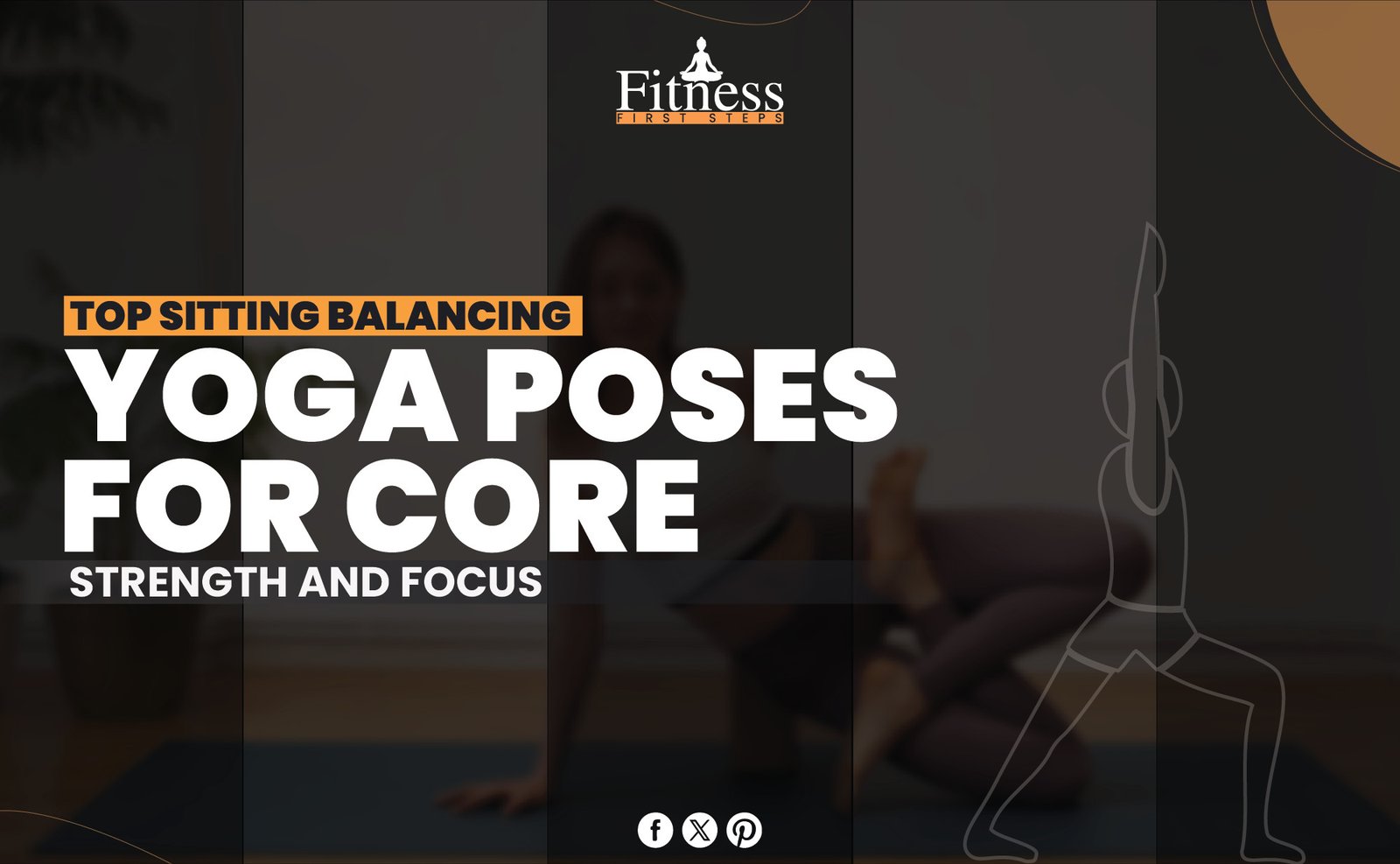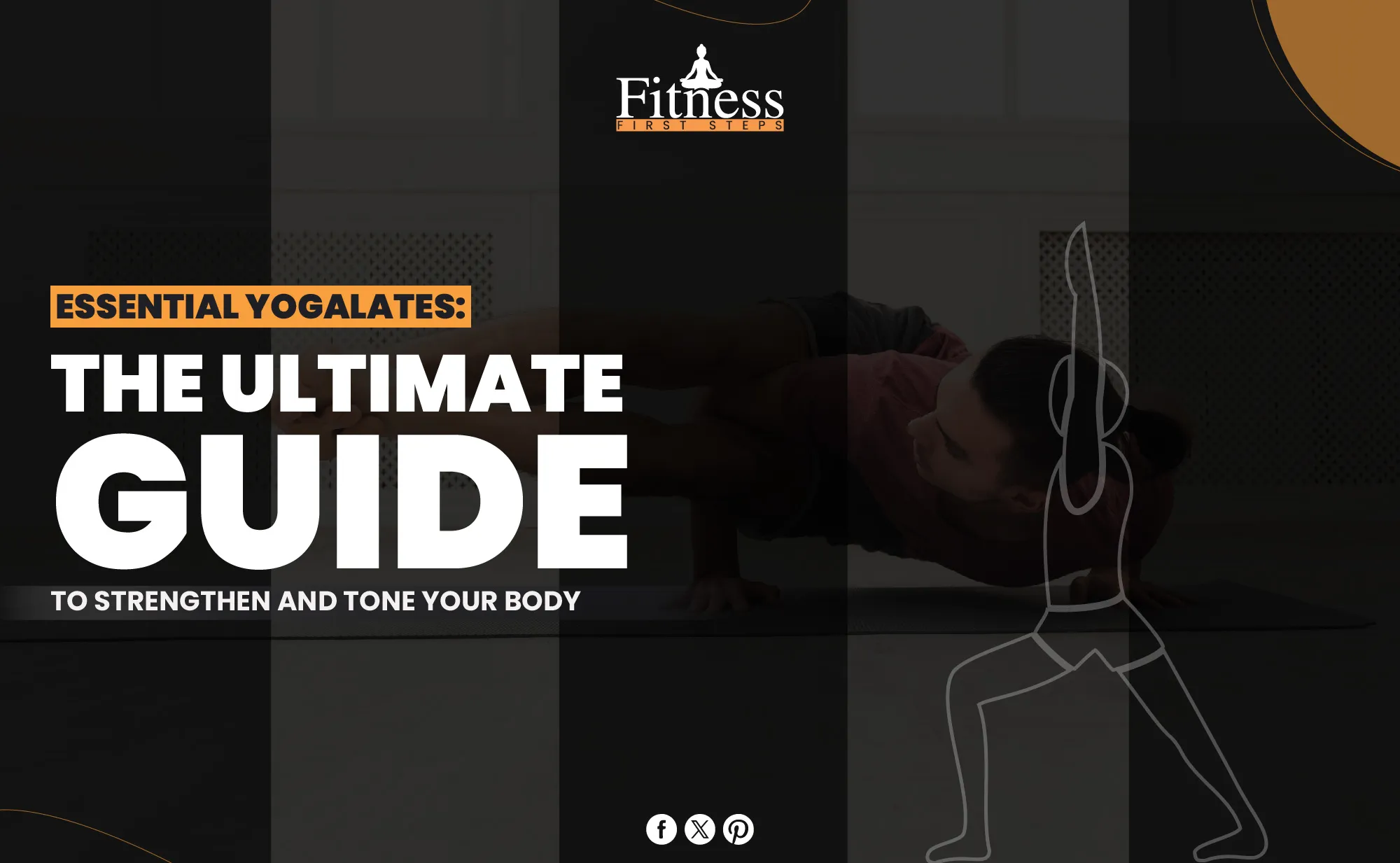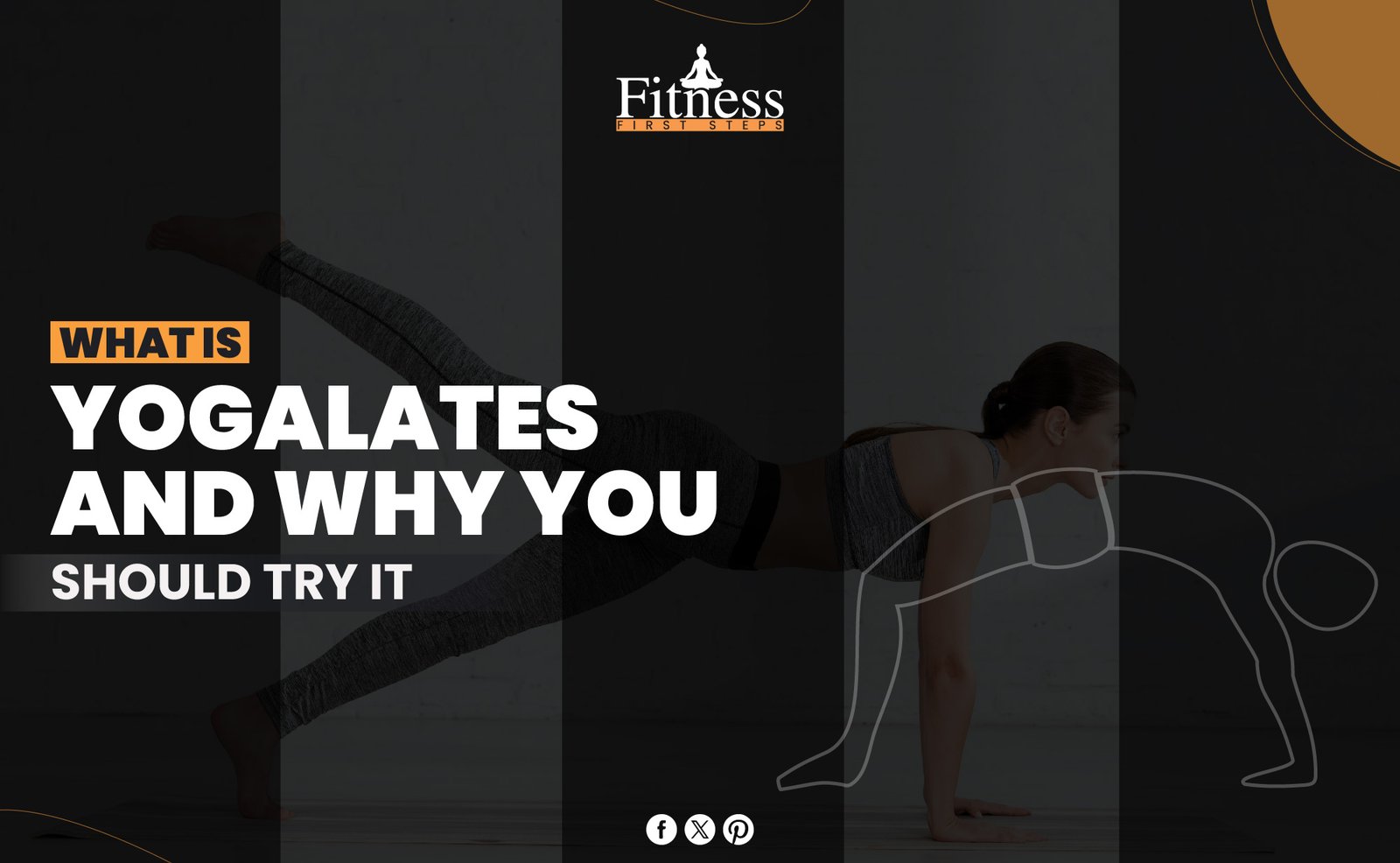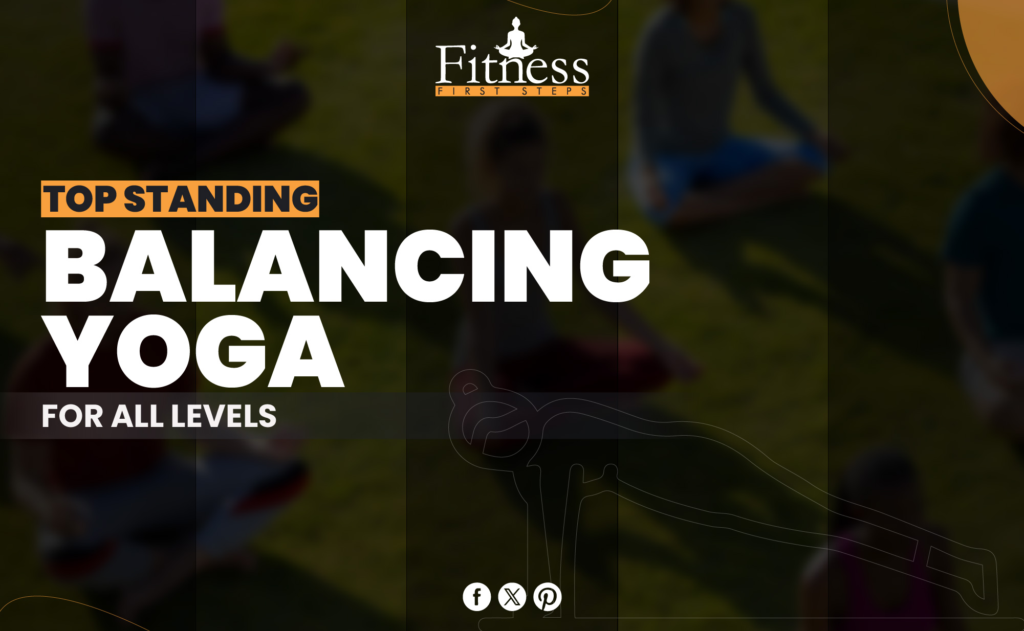Introduction
Learning how to do the Grasshopper Pose (Parsva Bhuja Dandasana) is like going to a place where balance, strength, and flexibility are essential. This difficult yoga pose pushes your body to its limits and helps you think more clearly and concentrate. Please let the power of advanced yoga change your mind and body as we go into more detail about this pose. Get ready to discover what Grasshopper Pose offers in a new and exciting way.
I would like you to look at our Scorpion Pose in Yoga blog.
What is Grasshopper Pose?
The historic Sanskrit language is the source of the term “Grasshopper Pose,” also known as Parsva Bhuja Dandasana. The terms “Parsva,” “Bhuja,” and “Danda” are equivalent to “side” or “flank,” “arm,” and “shoulder,” respectively. In contrast, “asana” denotes “pose” or “position.” When considered collectively, these terms concisely capture the fundamental nature of the posture, which resembles the poised power and lateral equilibrium of a grasshopper poised to take flight. This name is a tribute to the natural world and its impact on yoga practices, in addition to reflecting the necessary physical alignment and vitality.
As an advanced yoga asana, Grasshopper Pose challenges the practitioner’s equilibrium, strength, and flexibility. This formidable arm balance requires the performer to rotate the torso while maintaining balance on one arm and extend the opposite leg outwards, emulating the grasshopper’s poised, prepared-to-leap posture. This posture engages the entire body by stretching the arm and abdominal muscles as well as the hips and thighs. In yoga, Grasshopper Pose represents perseverance, concentration, and the delicate equilibrium between strength and flexibility.
Benefits of Grasshopper Pose
Physical Benefits of Grasshopper Pose:
- Strengthens Core Muscles: Solid core engagement is necessary to maintain balance and stabilization in Grasshopper Pose, strengthening the abdominal and lower back muscles.
- Improves Balance and Coordination: Gradually requiring you to sustain this advanced pose will enhance your balance and coordination as you confront your equilibrium.
- Enhances Flexibility: By stretching the hips, groins, and thighs, the Grasshopper Pose increases the flexibility and range of motion of the lower body.
- Tones the Arm and Shoulder Muscles: By placing one’s body weight on a single arm throughout the pose, the muscles in the arms and shoulders are toned and strengthened, enhancing the upper body’s strength.
Mental Benefits:
- Enhances Focus and Concentration: Maintaining balance and alignment while performing the Grasshopper Pose requires exceptionally high mental focus and concentration. This practice serves to improve attention span and mental acuity.
- Stress Reduction: By fully immersing oneself in this challenging pose, one can become temporarily distracted from daily concerns, alleviating stress levels by focusing exclusively on the present moment and bodily sensations.
- Boosts Self-Esteem and Confidence: Grasshopper mastery of a challenging pose can inspire a positive outlook and greater self-assurance by instilling a substantial sense of achievement and elevating one’s self-worth.
- Improves Cognitive Function: This pose improves cognitive functions, problem-solving abilities, and mental clarity by requiring neural connections to be balanced and coordinated.
Spiritual Benefits:
- Promotes Inner Peace: Facilitating a more profound connection with one’s inner self, the Grasshopper Pose demands profound concentration and self-control, which may result in an inner state of tranquility and serenity.
- Enhances Body Awareness: This pose facilitates a more profound union between the physical body and the spiritual self by promoting heightened body awareness and presence.
- Encourages Letting Go of Ego: The pose’s difficulty and intricacy may assist practitioners in confronting and relinquishing the ego, fostering spiritual development and increased humility.
- Facilitates Energy Flow: The pose’s difficulty and intricacy may assist practitioners in confronting and relinquishing the ego, fostering spiritual development and increased humility.
Preparatory Poses for Grasshopper Pose
- Pigeon Pose (Eka Pada Rajakapotasana): This posture facilitates the flexion of the lower back and hip flexors, which is critical for the twisting motion executed in the Grasshopper Pose.
- Twisted Chair Pose (Parivrtta Utkatasana): This pose also fortifies the legs and core and aids in developing the twisting motion required for Grasshopper Pose.
- Side Plank (Vasisthasana): Side Plank strengthens the core, arm, and shoulder muscles, essential for Grasshopper Pose’s equilibrium and stability.
- Crow Pose (Bakasana): This arm balance helps develop balance and concentration by preparing the arms and forearms for the weight-bearing portion of Grasshopper Pose.
Step-by-Step Guide
Start in Mountain Pose (Tadasana): Assume standing with your arms at your sides and feet hip-width apart. Pause momentarily to regain your equilibrium and sense of grounding.
Move into Chair Pose (Utkatasana): Raise your arms aloft while lowering your hips and knees as if you were to recline in a chair. Remain with your back erect and your core engaged.
Enter Twisting Chair Pose (Parivrtta Utkatasana): Bring your palms to your heart from Chair Pose. Rotate your upper body right, hooking your left elbow outside your right knee. To intensify the twist, align your knees and push your palms together.
Shift Weight and Prepare Arms: Commence lifting your right foot off the ground while shifting your weight to your left foot. Spread your fingertips wide and place your left hand flat on the ground outside your left foot for support.
Lift and Extend: Extend your right leg gradually, ensuring it remains parallel to the ground. Concurrently, you can extend the right arm forward, aligning with the trajectory of the extended limb.
Balance and Stabilize: To improve your balance, slightly shift your gaze forward and downward. Involve your core and apply firm pressure with your grounded hand to elevate your pelvis.
Final Pose: Maintain the pose while holding it for three to five breaths. Slowly lower the raised leg and return to the Twisting Chair Pose before returning to the Mountain Pose to release.
Repeat on the Opposite Side: Be sure to repeat Grasshopper Pose on the opposite side, twisting to the left and elevating your left leg this time to maintain balance during your practice.
Respecting one’s physical limitations and paying attention to one’s body is critical. Grasshopper Pose’s complete expression can be achieved by gradually transitioning through preparatory poses.
Common Mistakes and Corrections
- Not Warming Up Properly.
Correction: Before you try Grasshopper Pose, make sure you do enough warm-up movements that focus on your hips, spine, and shoulders. This can include poses and moves that change quickly, like the Pigeon Pose and the Twisted Chair Pose.
- Losing Core Engagement.
Correction: Keep your core muscles tight while you’re in the pose. This keeps you balanced and keeps your back safe while you twist. To stay stable, think about drawing your belly toward your spine.
- Overstraining the Supporting Arm.
Correction: Spread your weight evenly across the hand and fingers of the arm supporting you. Do not put all of your weight on your hand. Use the muscles in your arms to take pressure off your wrist.
- Hip Sagging or Lifting Too High.
Correction: Your hips shouldn’t drop or lift too high; they should be level and aligned with your body. To keep your hips in a neutral position, lift through the oblique muscles on the side of the stretched leg.
- Forgetting to Breathe.
Correction: Constantly and consistently breathe while in this pose. Breathing heavily can lead to tension and an imbalance. Concentrate on taking long breaths to maintain stability and concentration.
- Twisting the Neck Too Much.
Correction: Maintain a neutral neck position that is parallel to the vertebrae. To maintain balance, avoid craning your neck to glance up; instead, gaze gently forward or slightly downward.
Variations and Modifications
- Use Props for Support: Position a yoga block flat on the ground beneath the hand when balancing. This can assist in elevating the torso and facilitating access to the equilibrium component of the pose.
- Start with a Simpler Twist: Before attempting the complete pose, perform a Twisted Chair Pose while maintaining both feet on the ground to hone the twisting motion. This allows you to become accustomed to the twist without stressing your balance.
- Elevate the Extended Leg: If extending the limb parallel to the floor is too challenging, support the extended leg with a chair or a low stool. Doing so lets you concentrate on the rotation and arm strength rather than the complete difficulty of leg extension.
- Practice Against a Wall: Engaging in Grasshopper Pose while facing a wall can offer supplementary stability and facilitate comprehension of the posture without inducing apprehension of collapsing. Gradually distance yourself from the wall as your confidence and balance increase.
- Keep the Back Foot on the Ground: You may maintain the ground contact with the heels of your back foot instead of raising it, all the while honing the arm balance and twisting components of the pose. This increases your equilibrium as your strength increases.
- Strap Assistance for Extended Leg: If leg extension proves to be difficult, affix a yoga strap around the foot of the limb that is being extended. Maintain support by grasping the strap with an extended hand while performing leg extension and hoisting exercises.
Modifications are meant to make yoga poses safe and accessible for all levels of expertise and flexibility. Be mindful of your body and adjust the stance as appropriate.
Advanced Progressions
Extended Leg Variation:
Try extending the knee-bent leg after becoming used to the conventional Grasshopper Pose. This challenges balance and flexibility. Maintain hip squareness and keep your extended leg parallel to the ground.
Bind Behind the Back:
You can use the forward-extended arm over your back to bind with the other hand or leg for a challenge. This needs shoulder and hip flexibility, balance, and core strength.
Transitioning into Other Poses:
You can use the forward-extended arm over your back to bind with the other hand or leg for a challenge. This needs shoulder and hip flexibility, balance, and core strength.
Adding Movement:
Add energetic motions to intensify the position. Use the extended leg to pulse or move in little circles in Grasshopper. It challenges your balance and strengthens the muscles.
Practicing with Closed Eyes:
Closing your eyes in Grasshopper Pose reduces visual signals that aid balance, making it more challenging. I think this development should only be done when you are familiar with the pose and carefully to avoid injury.
Integrating Grasshopper Pose into Your Practice
Incorporate into Your Flow:
Use Pigeon Pose, Twisted Chair Pose, and Side Plank to lead to Grasshopper Pose naturally. For proper warming, add Grasshopper Pose following these poses. It can be placed midway or at the end of your exercise when your body is warm and flexible.
Use as a Peak Pose:
Make Grasshopper Pose your yoga peak. Build up to it with hip-opening, core-strengthening, arm-warming poses. After Grasshopper Pose, try Child’s Pose or Seated Forward Bend to relax and stretch.
Mindful Transitioning:
Watch the transitions into and out of Grasshopper stance as well. It enhances practice fluidity and control. While maintaining breath and focus, smoothly shift from Grasshopper Pose to other positions. Grasshopper Pose feels natural when included in your practice.
When to Avoid Grasshopper Pose
Wrist or Shoulder Injuries: Avoid Grasshopper Pose with wrist or shoulder issues. This stance puts much pressure on the arms and could worsen or cause new injuries.
Hip or Knee Issues: Due to the significant hip opening and knee pressure, this pose is not recommended for people with hip or knee issues.
Lower Back Pain: Grasshopper Pose may worsen lower back problems or injuries because it takes a lot of twisting and bending.
Pregnancy: In later stages, pregnant women should avoid this pose since it strains the abdomen and is difficult to balance, increasing the risk of falls.
Tips for Success
- Consistent Practice: Grasshopper Pose requires regular practice, like all yoga poses. Bring it into your regimen slowly to let your body acclimate and gain strength and flexibility.
- Focus on Breath: Breathing helps you stay calm. Take deep breaths to steady your stance and settle your thoughts, especially while confronting challenges.
- Engage Your Core: A strong core helps balance and maintain the Grasshopper Pose. For spine support and stability, engage your abdominal muscles throughout the practice.
- Be Patient and Positive: Yoga progress takes time and patience. Don’t give up due to obstacles. Be positive, enjoy your success, and know that each practice puts you closer to your objective.
- Use Props for Support: Feel free to use props for balance or flexibility. A block or strap can support you and help you develop the pose.
- Listen to Your Body: Pay attention to body cues. If you experience pain or discomfort, gently exit the pose and try a modified or preparatory pose. Injury prevention and sustainability are crucial.
- Seek Guidance: Try practicing with an experienced yoga instructor who can give you personalized feedback and adjustments to enhance your form and technique.
- Warm-Up Properly: Always warm up before Grasshopper Pose. Warm up your muscles and joints with a few preliminary poses to make the pose safer and more straightforward.
- Visualize Success: Visualization can boost yoga performance. Try the Grasshopper Pose by closing your eyes and visualizing success. This might boost confidence and clarify your practice.
- Stay Hydrated and Nourished: Yoga can benefit from proper nutrition and hydration. Stay hydrated and consume light, nutritious items before practicing to preserve energy and concentration.
Conclusion
Grasshopper Pose (Parsva Bhuja Dandasana) is a challenging but rewarding yoga pose that combines strength, flexibility, and balance. With patience, planning, and focused practice, this advanced position can become a rewarding part of your yoga journey. Please respect your body’s boundaries and advance at your speed. Grasshopper Pose is a complete platform for improving physical ability, mental attention, and spiritual depths. Celebrate your progress, no matter how modest, and enjoy the trip.
